Tabun Khara Obo
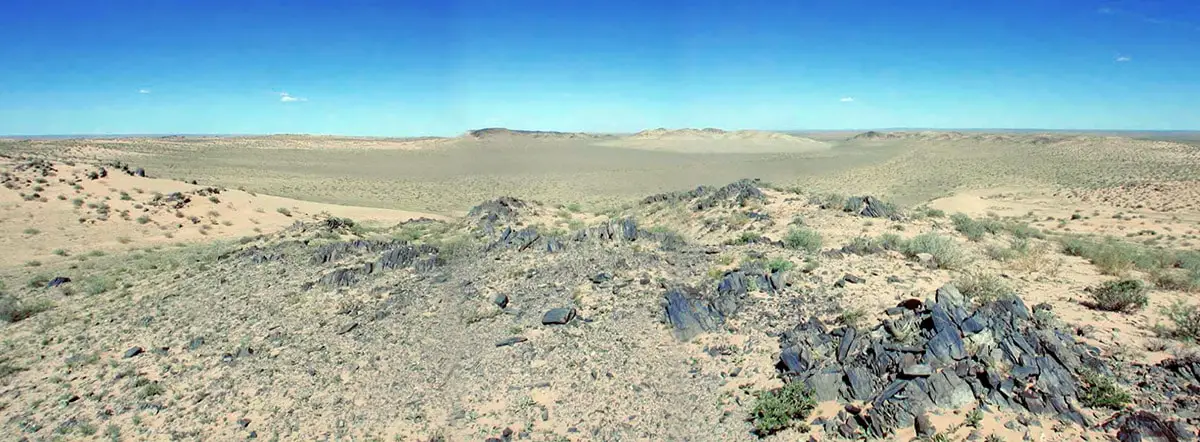
Impressive, very well preserved impact crater that has formed in Proterozoic rocks. Diameter – 1.3 km, visible depth – up to 30 km.
Erdene Zuu monastery
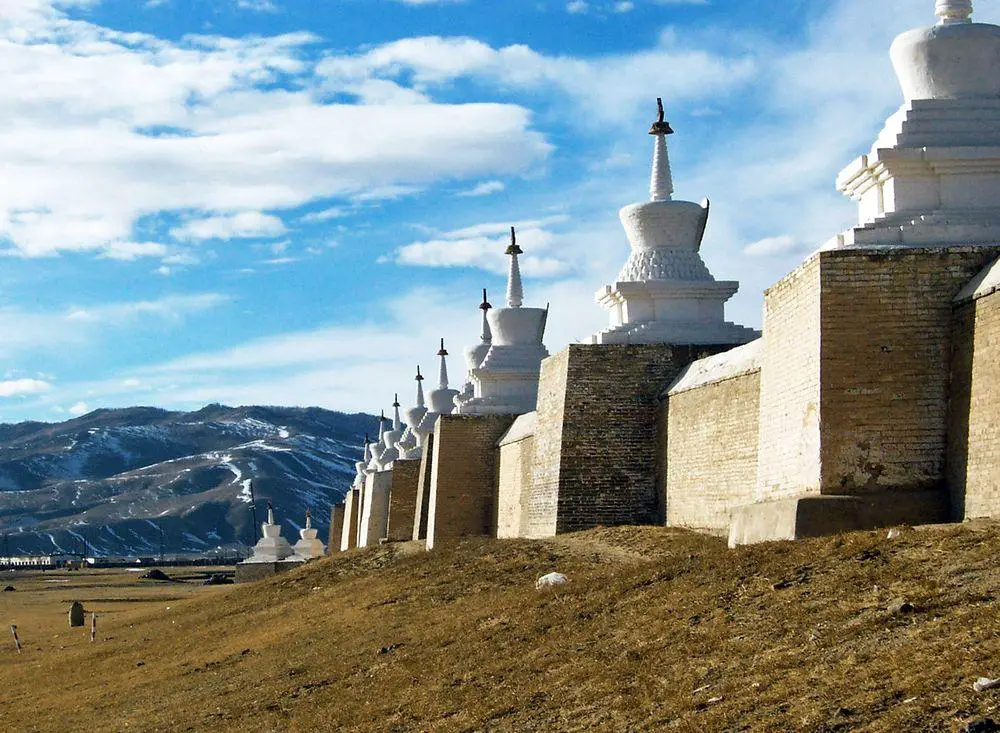
The oldest existing Buddhist monastery in Mongolia, founded in 1585. It was almost completely destroyed by Communists in 1939.
Wolfe Creek crater
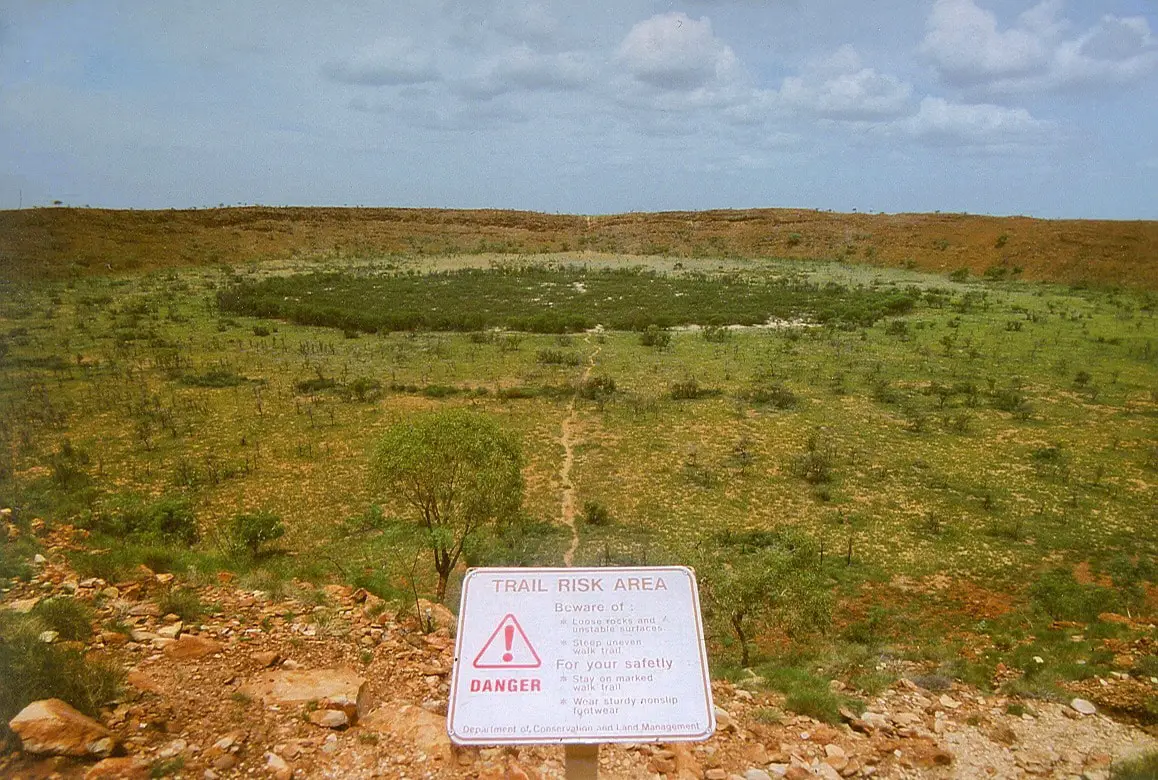
Western Australia. Visually expressive meteorite impact crater, 875 meters in diameter, 60 meters deep. Created some 300,000 years ago.
Veevers crater
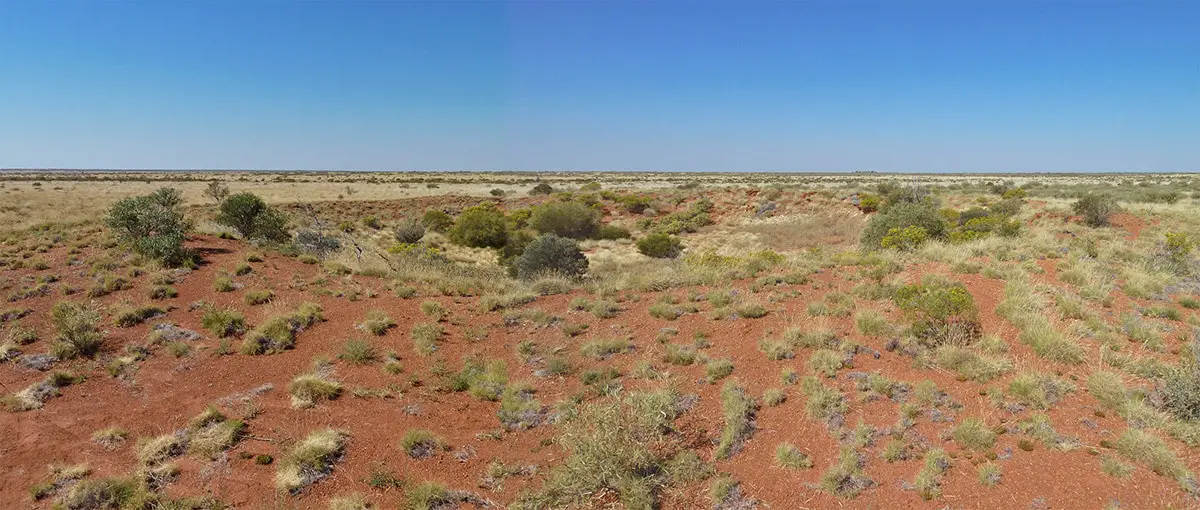
One of the best preserved small impact craters, formed some 4000 years ago. Diameter – 75 m, depth – 7 m.
Meteor crater (Barringer crater)
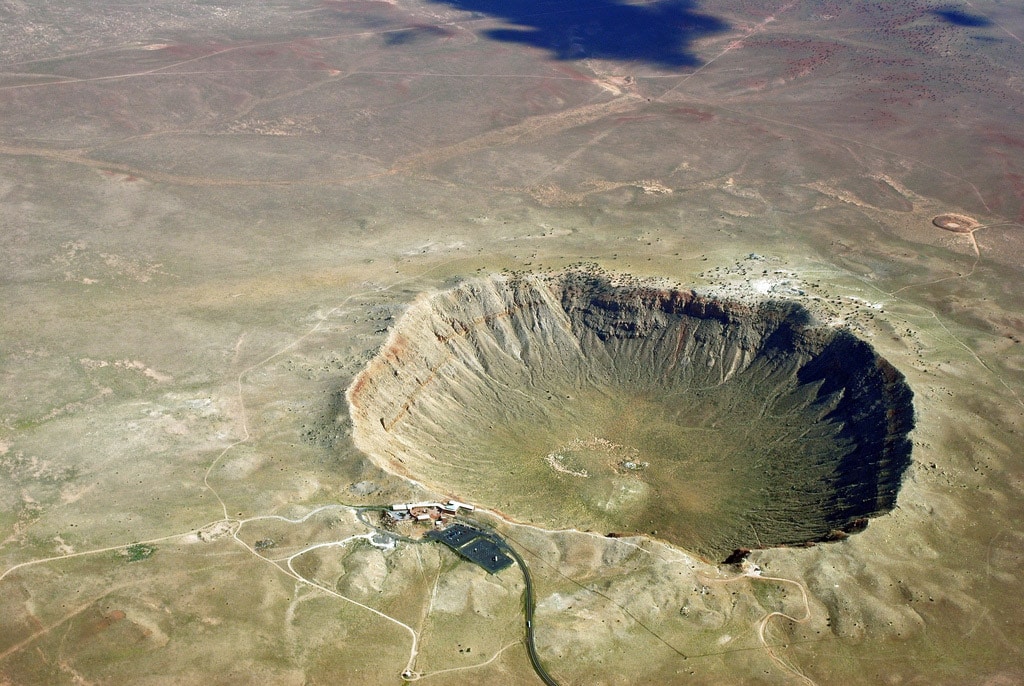
Visually the most impressive meteorite impact crater on Earth. The diameter of the crater is about 1,180 m, depth – 170 m. The outer side of the rim rises 45 m high above the surrounding plains. The bottom is covered with a 210 – 240 m thick layer of rubble. The impact took place some 49,000 years ago.
Pingualuit crater (Chubb crater)
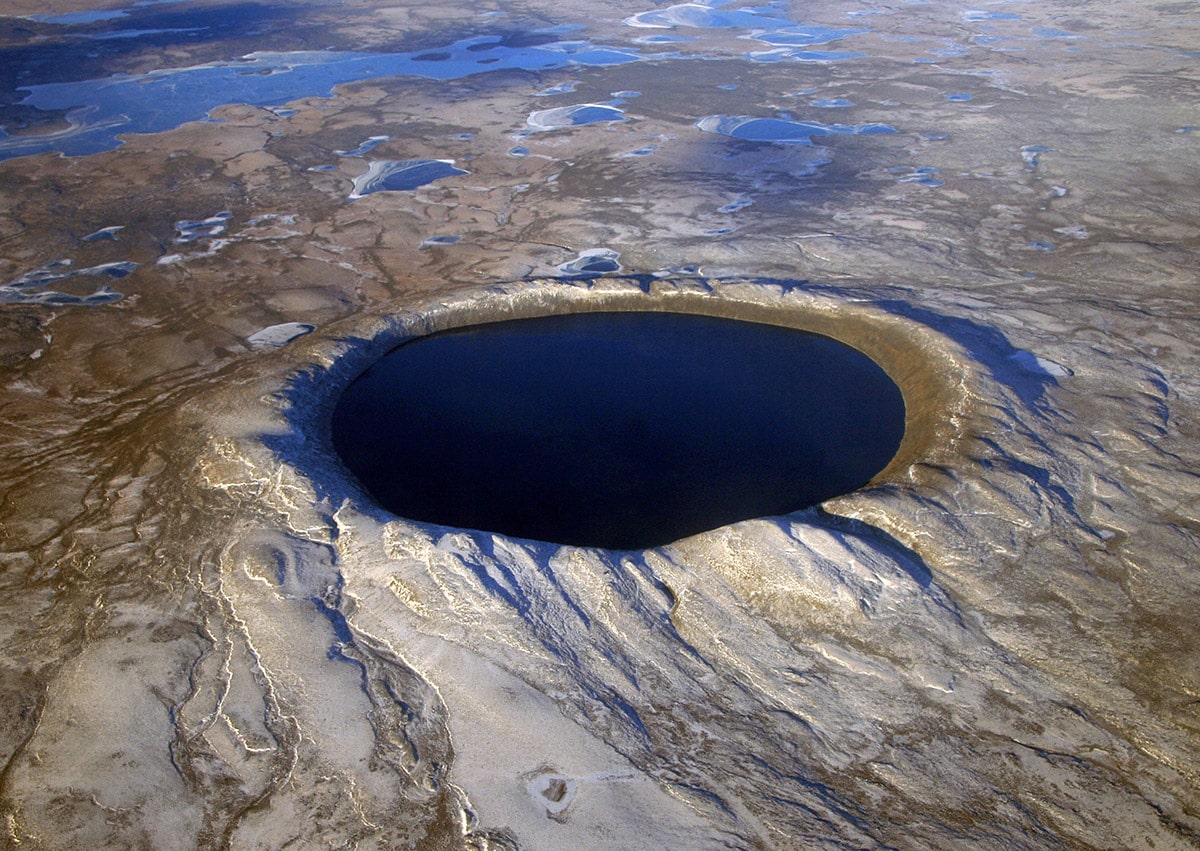
Well pronounced and well preserved impact crater, 3.44 km in diameter. Formed some 1.4 million years ago, in the Pleistocene. Rims of the crater rise 160 m above the tundra. The depth of the crater is 400 m, it is partly filled with 267 m deep Pingualuit lake. Lake water is one of the purest in the world.
Cabo Blanco seal colony
The only colony of monk seals in the world. Here in caves lives a group of extremely rare Mediterranean monk seals (Monachus monachus), here could be living some 200 seals.
List of confirmed impact craters of the world

Wondermondo 🢖 Lists and articles 🢖 List of confirmed impact craters of the world Publication List of confirmed impact craters of the world Confirmed impact structures on Earth The list below includes all scientifically confirmed impact craters on Earth by February 2020: 190 impact structures. Contrary to the mainstream list, this one includes the Sterlitamak impact crater – it […]
Tenoumer crater
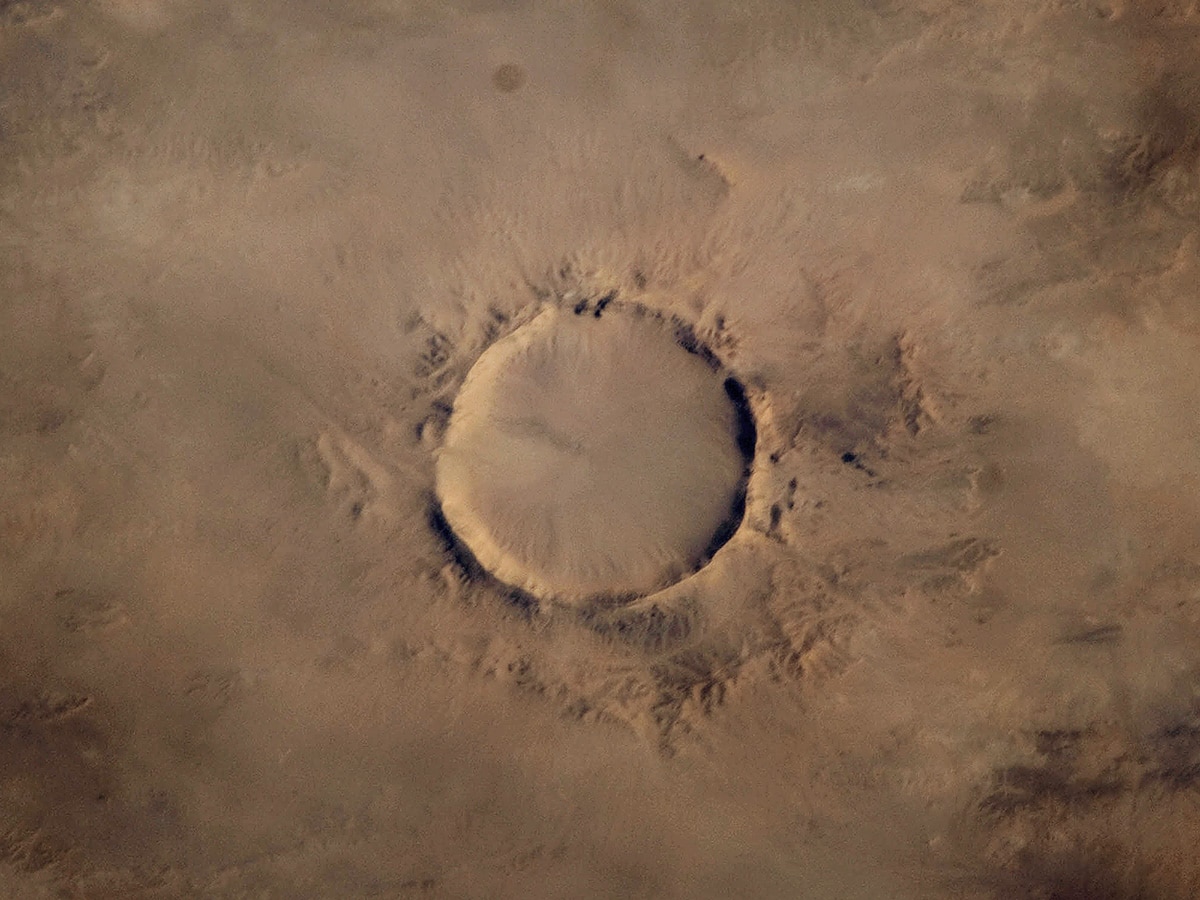
A well-visible, interesting impact crater. Diameter – 1.9 km, depth 110 m, age – approximately 21,400 years.
Aouelloul crater
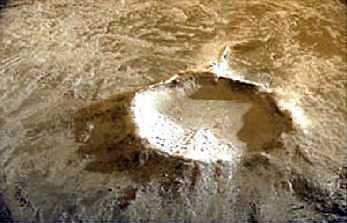
Well preserved impact crater. Formed approximately 3.1 million years ago (Pliocene). Diameter 390 m.
